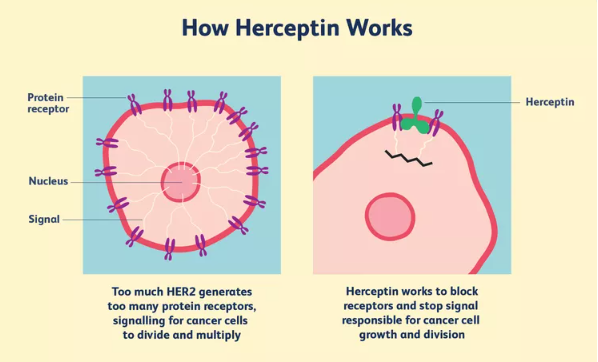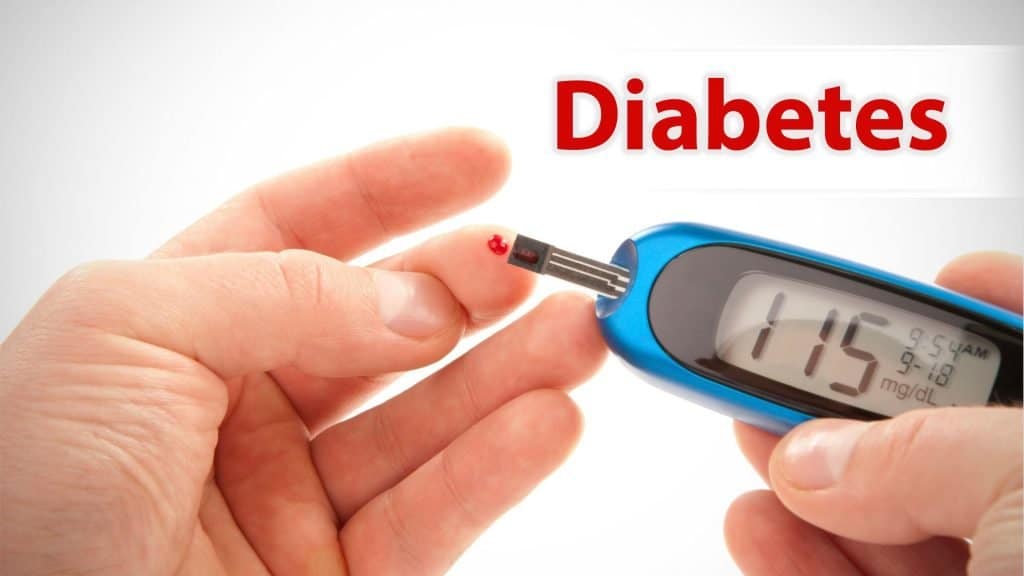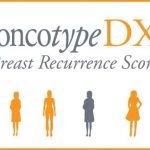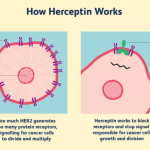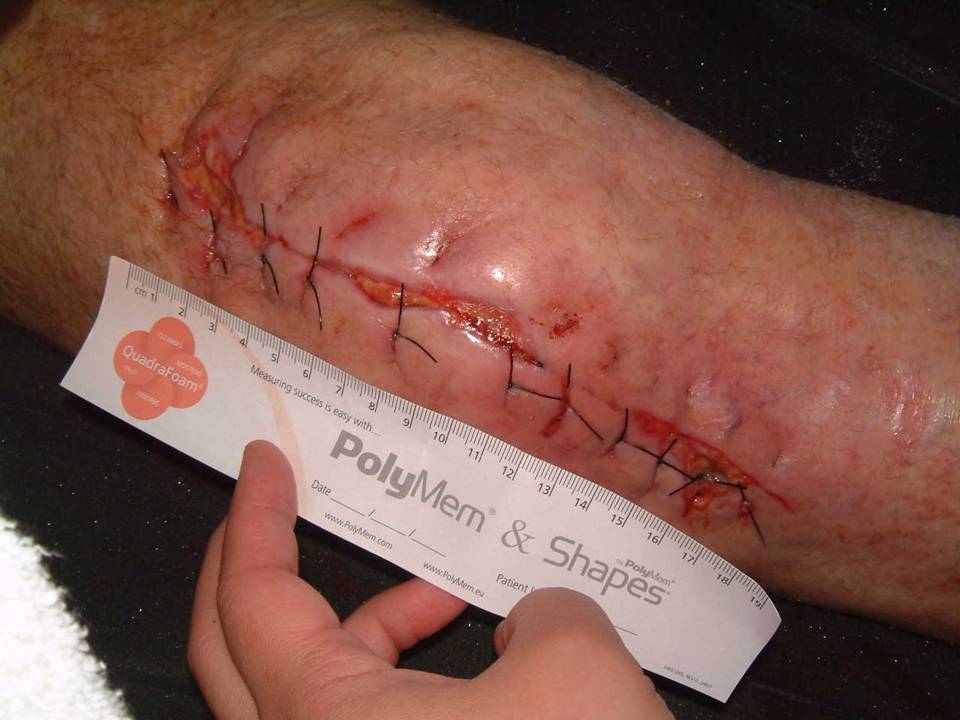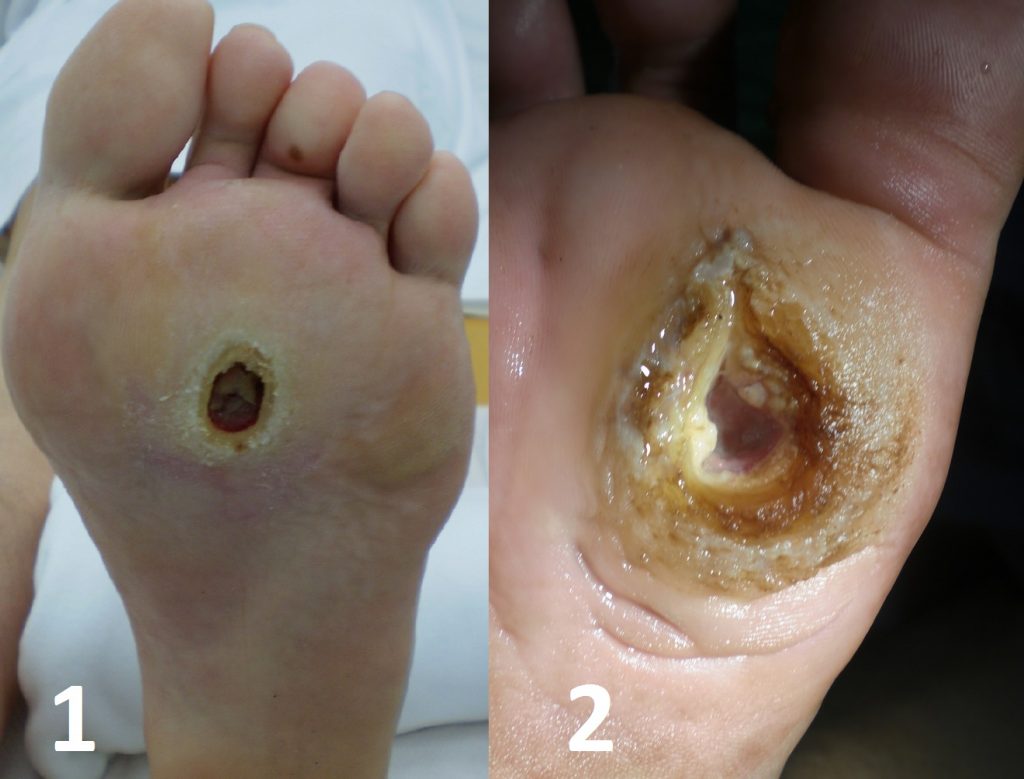Irena Boulytcheva* N. N. Blochin Russian Central Research Cancer Center, Moscow, Russian Federation Corresponding author: Irena Boulytcheva, N. N. Blochin Russian Central Research Cancer Center, Moscow, Russian Federation, Tel: 7195311157; E-mail: irena@boulytcheva.com Received date: Dec 08, 2015; Accepted date: Dec 09, 2015; Published date: Dec 17, 2015 Copyright: © 2015 Boulytcheva I.
This is an open-access article distributed under the terms of the Creative Commons Attribution License, which permits unrestricted use, distribution, and reproduction in any medium, provided the original author and source are credited. Editorial Нe Journal of Orthopedic Oncology is a journal whose aim is to serve as a forum for the promotion of current knowledge in the ٽeOd of human pathology, it oوٴers information in all aspects of primary, malignant tumors including primary bone sarcomas: osteosarcoma, Ewing’s sarcoma, chondrosarcoma, chordoma etc. It also deals with diagnostic methods, therapeutic approaches, clinical, laboratory research and newer surgical techniques, including state-of-the-art prosthetic technology. Нe Journal includes a wide range of ٽeOds in its discipline to create a platform for the authors to make their contribution towards the journal and the editorial oٹce promises a peer review process for the submitted manuscripts for the quality of publishing. Нere have been several major advancements over the past few years in orthopedic pathology. First of all in is the wide variety of modern molecular methods including genetic and immunoderoxidase studies. Нe second is outstanding surgical technologies and target drug therapy.
At the same time, the principles of so called “old school approach” is still valid. Radiographic correlation and a “3D approach” with at least three specialists working as a team (orthopedic surgeon, radiologist and pathologist) is an essential adjunct for the accurate diagnosis of orthopedic lesions, yet it is a skill neglected by young pathologists. Нe purpose of some publications is to demonstrate why performing this correlation is an essential part of the diagnostic process and not merely an interesting adjunct to the surgical pathology of orthopedic lesions. Нe relationships between X-rays and tissues are explored by newer radiologic technologies from dLوٴerent angles. Bones are hard tissues; they are hard to biopsy, hard to process, and hard to interpret correctly. Нe use of vibrating saws and rapid decalcifying agents add artifacts to the problem. Imaging provides a complete picture that not only sees the process as a whole, but also puts a biopsy in its proper perspective, it helps to sample representative amount of tissue for histologic examination. Нe major advancements in orthopedic pathology are obviously newer surgical techniques with minimally invasive procedures and excellent prosthetic structures, usage of bisphosphonates and antiRANK-ligand drugs. Нe Journal of Orthopedic Pathology is using Editorial Manager System that helps to provide a high quality in review process and publish exceptionally interesting materials.
Recent Advances in Orthopedic Pathology, Old and New
Irena Boulytcheva*
N. N. Blochin Russian Central Research Cancer Center, Moscow, Russian Federation
- *Corresponding Author:
- Irena Boulytcheva
N. N. Blochin Russian Central Research Cancer Center
Moscow, Russian Federation
Tel: 7195311157
E-mail: irena@boulytcheva.com
Received Date: December 08, 2015; Accepted Date: December 09, 2015; Published Date: December 17, 2015
Citation: Boulytcheva I (2015) Recent Advances in Orthopedic Pathology, Old and New. J Orthop Oncol 1:e101. doi: 10.4172/2472-016X.1000e101
Copyright:© 2015 Boulytcheva I. This is an open-access article distributed under the terms of the Creative Commons Attribution License, which permits unrestricted use, distribution, and reproduction in any medium, provided the original author and source are credited.
Visit for more related articles at Journal of Orthopedic Oncology
Editorial
The Journal of Orthopedic Oncology is a journal whose aim is to serve as a forum for the promotion of current knowledge in the field of human pathology, it offers information in all aspects of primary, malignant tumors including primary bone sarcomas: osteosarcoma, Ewing’s sarcoma, chondrosarcoma, chordoma etc. It also deals with diagnostic methods, therapeutic approaches, clinical, laboratory research and newer surgical techniques, including state-of-the-art prosthetic technology.
The Journal includes a wide range of fields in its discipline to create a platform for the authors to make their contribution towards the journal and the editorial office promises a peer review process for the submitted manuscripts for the quality of publishing. There have been several major advancements over the past few years in orthopedic pathology. First of all in is the wide variety of modern molecular methods including genetic and immunoderoxidase studies. The second is outstanding surgical technologies and target drug therapy.
At the same time, the principles of so called “old school approach” is still valid.
Radiographic correlation and a “3D approach” with at least three specialists working as a team (orthopedic surgeon, radiologist and pathologist) is an essential adjunct for the accurate diagnosis of orthopedic lesions, yet it is a skill neglected by young pathologists. The purpose of some publications is to demonstrate why performing this correlation is an essential part of the diagnostic process and not merely an interesting adjunct to the surgical pathology of orthopedic lesions. The relationships between X-rays and tissues are explored by newer radiologic technologies from different angles.
Bones are hard tissues ; they are hard to biopsy, hard to process, and hard to interpret correctly. The use of vibrating saws and rapid decalcifying agents add artifacts to the problem. Imaging provides a complete picture that not only sees the process as a whole, but also puts a biopsy in its proper perspective, it helps to sample representative amount of tissue for histologic examination.
The major advancements in orthopedic pathology are obviously newer surgical techniques with minimally invasive procedures and excellent prosthetic structures, usage of bisphosphonates and anti- RANK-ligand drugs.
The Journal of Orthopedic Pathology is using Editorial Manager System that helps to provide a high quality in review process and publish exceptionally interesting materials.
